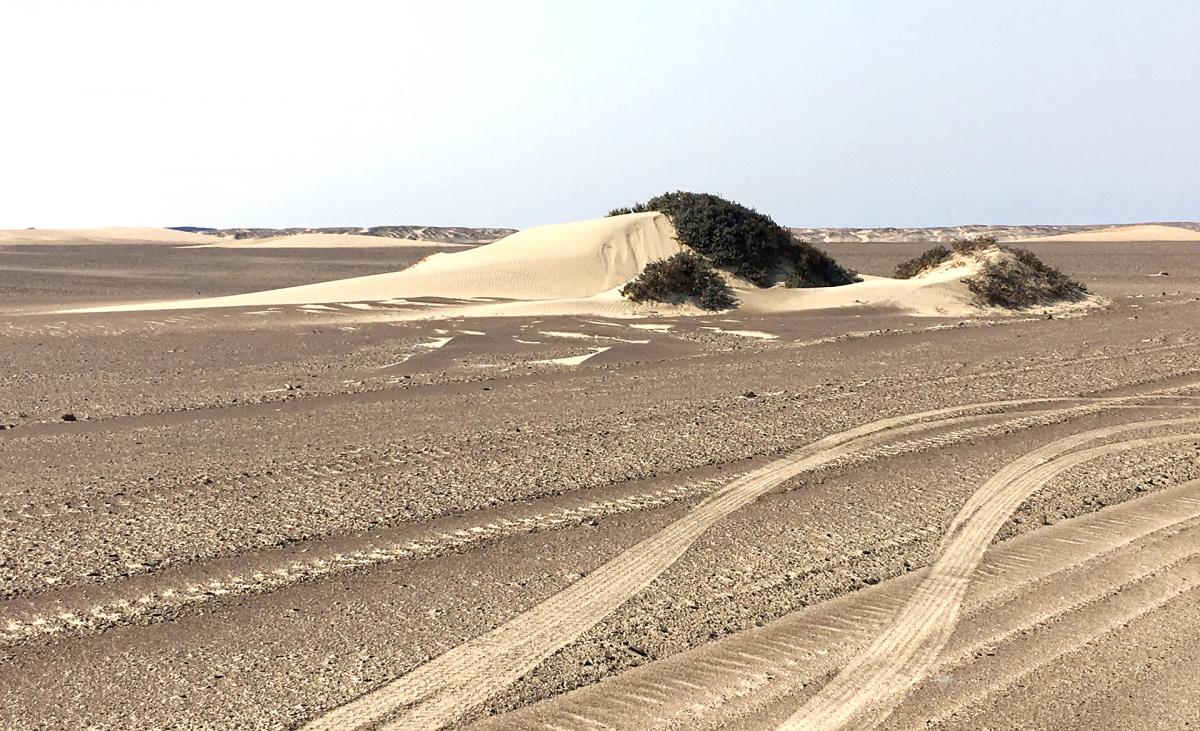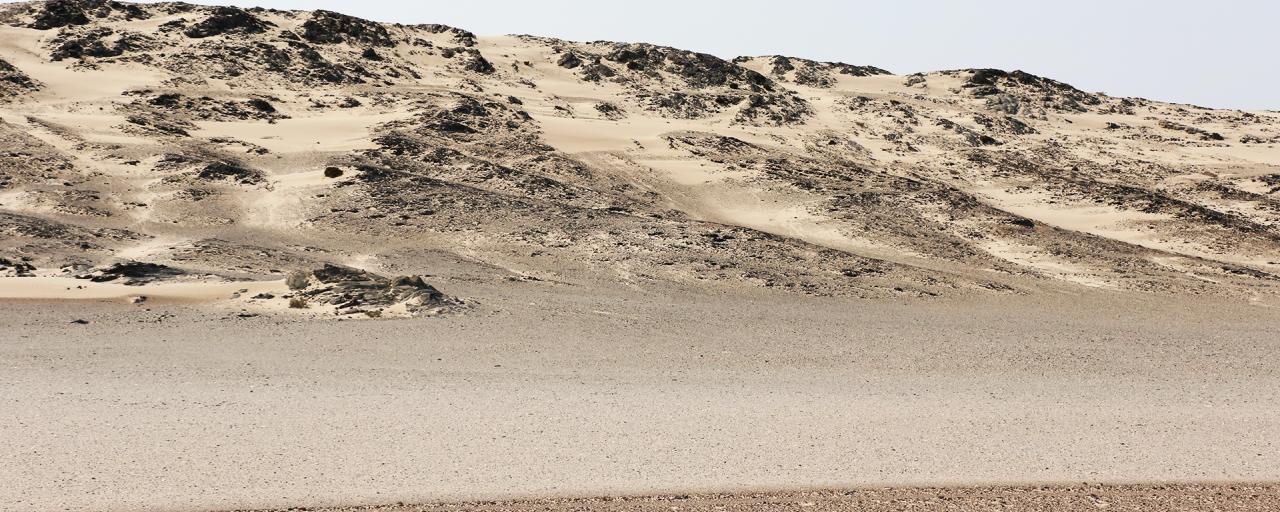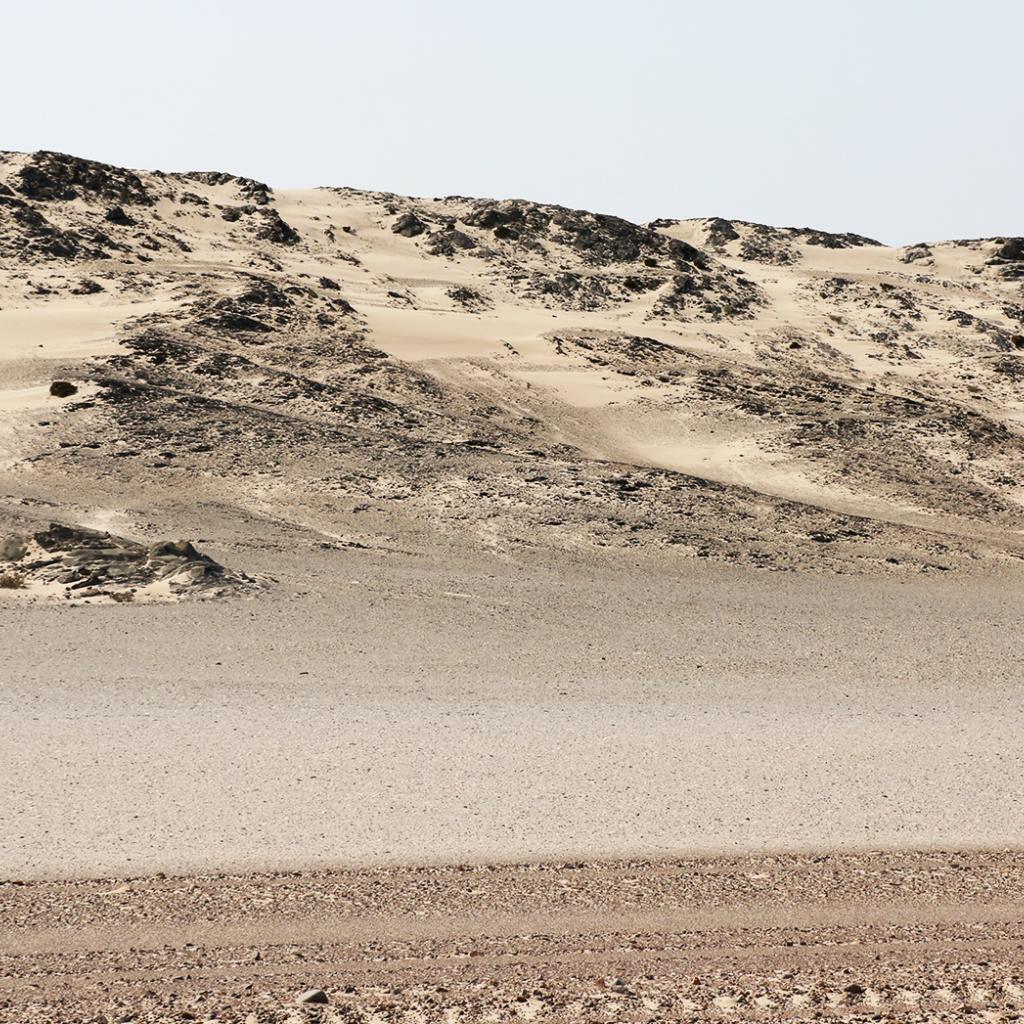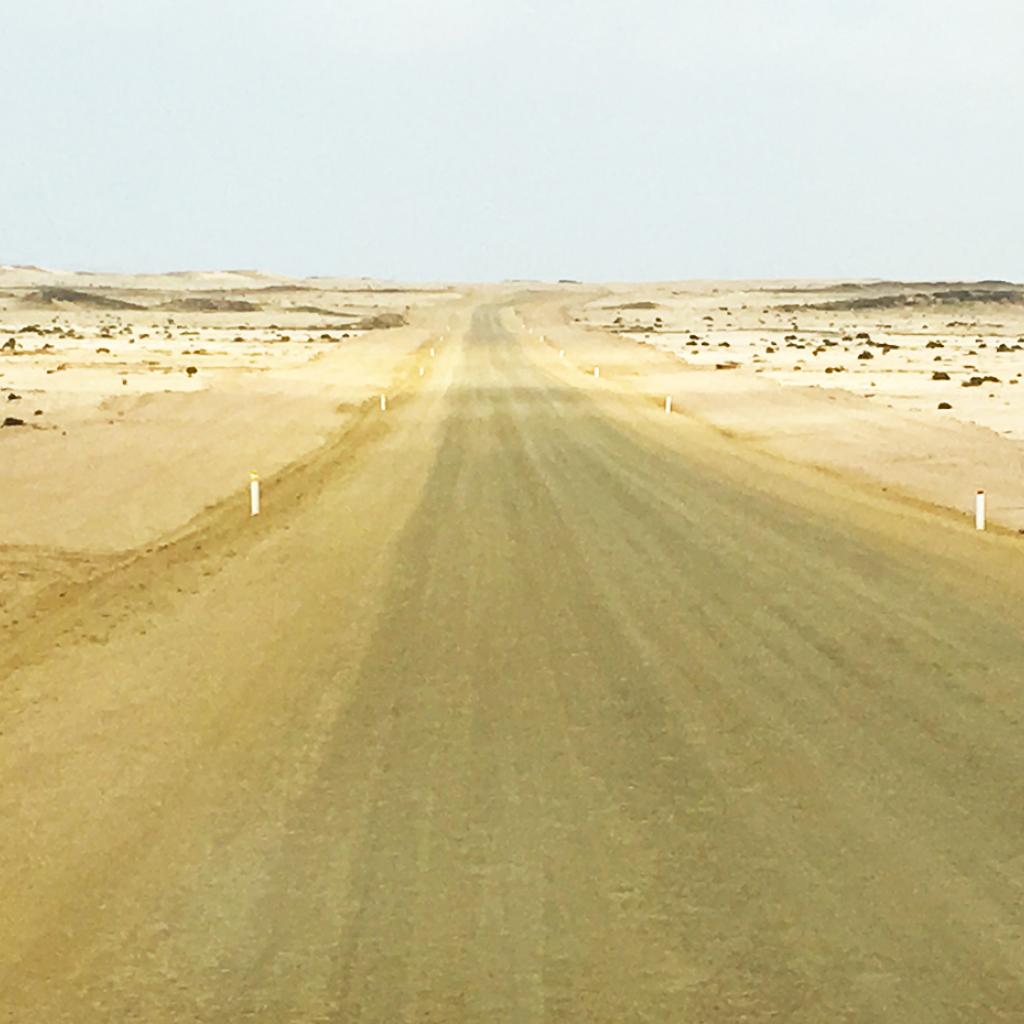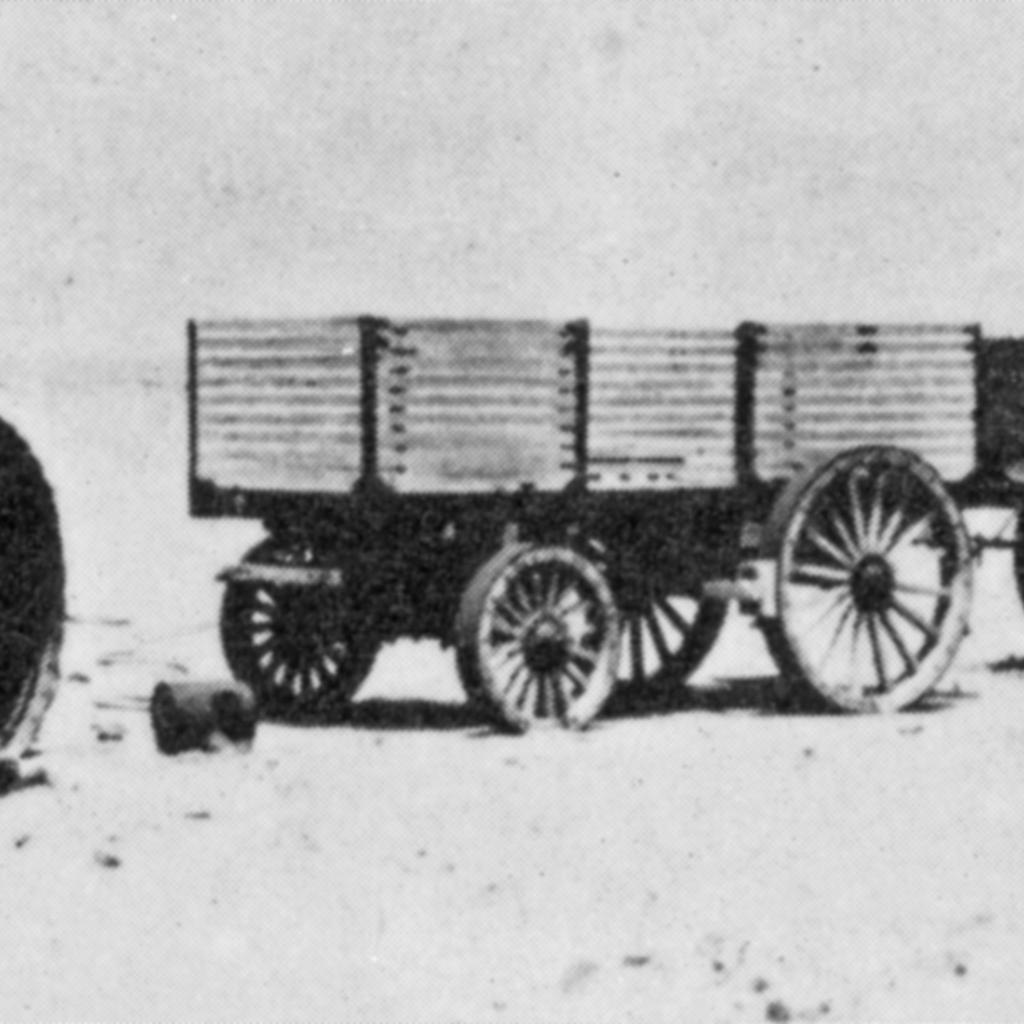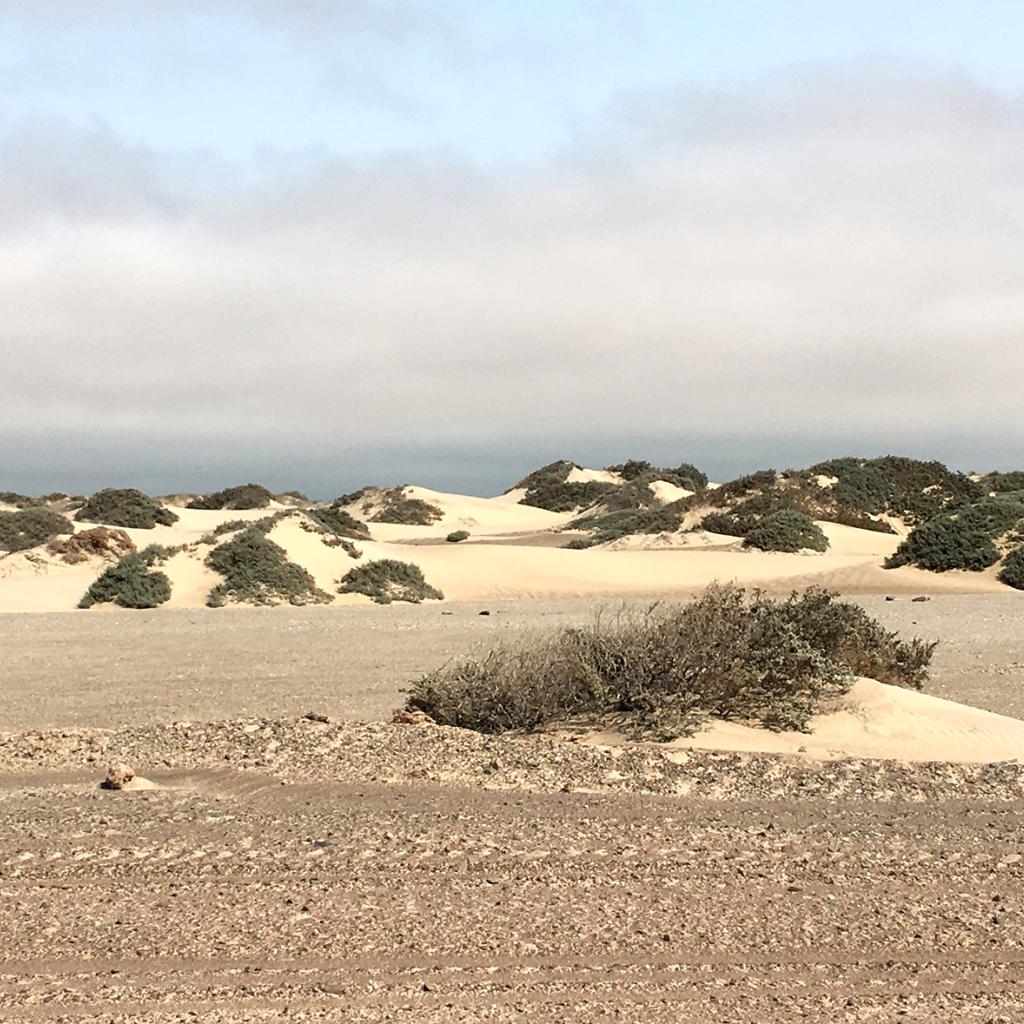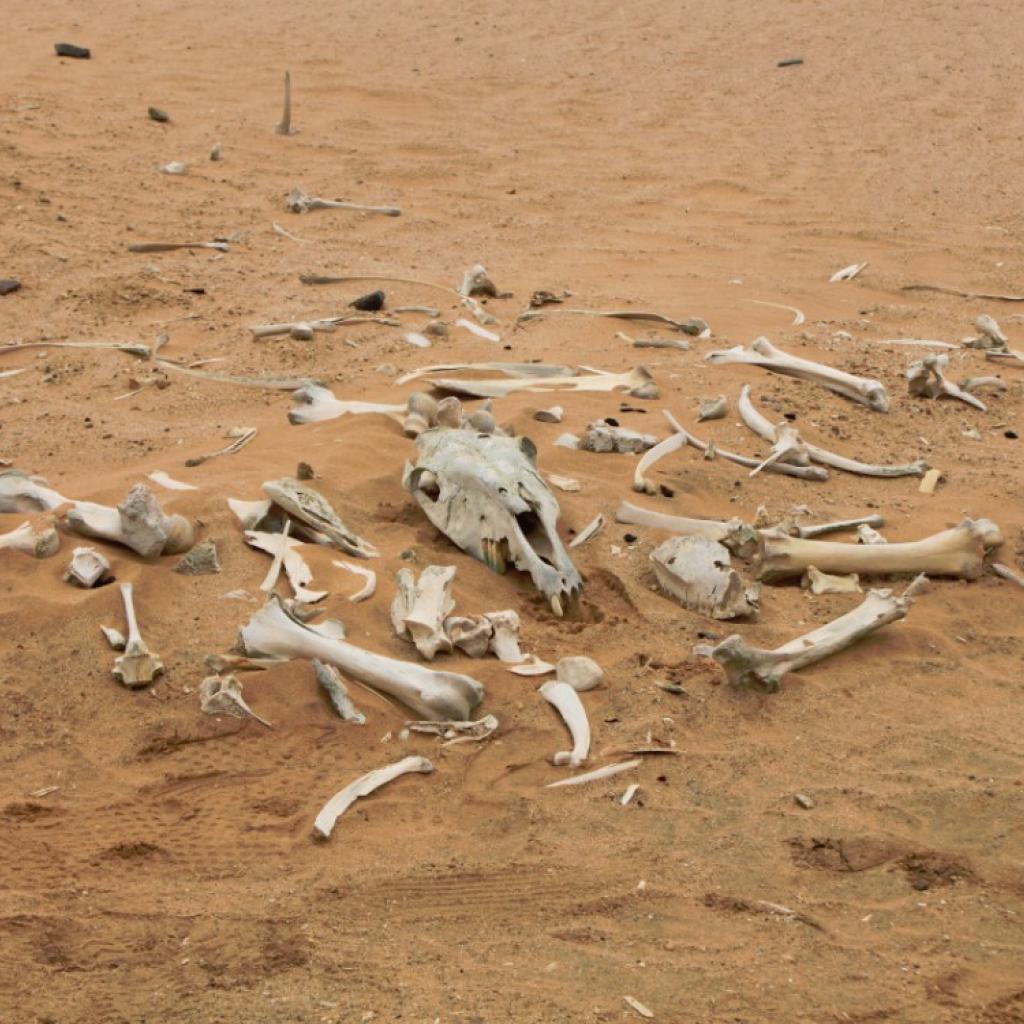The Dorob National Park in Namibia is a protected area of 7,800 square kilometers located in the Erongo area, in the central part of the Atlantic coast; this is a spectacular area, with high coastal and sandy dunes and a gravel plain, here is one of the areas of Namibia with the highest concentration of birds, it is a very important area also for botany, and finally also because it hosts the largest network of ephemeral rivers.
The protected area of this park extends from the Kuiseb river delta South of Walvis Bay to the Ugab river to the North, bordering the Skeleton Coast National Park, to the West it is bordered by the Atlantic Ocean and to the West it follows the borders of what was once the National West Coast Tourism Recreation Area; the park also includes the Walvis Bay Ramsar Site, the dune belt and the plain near Swakopmund and the Swakop and Kuiseb rivers, that lie West of the Namib-Naukluft National Park.
The Dorob National Park is newly established, it dates back to 2010, and includes in its territory areas with different destinations, there are not only protected areas from the naturalistic point of view, but also areas inhabited by man, as Swakopmund, Henties Bay and Wlotzkasbaken, and commercial areas, such as farms or mines, mainly of uranium; these areas are not directly managed by the park administration, as well as the main roads that cross it.
There are also several areas used for tourism and sports, such as fishing, the waters of the Atlantic Ocean in front of the Dorob National Park in fact are very fishy, thanks to the Benguela current that transports here from Antarctica large amounts of plankton; it is also possible to practice surfing, biking, skydiving, quad excursions, these are also carried out in protected areas, but are limited to specific zones.
It is the first protected area in Namibia where zones with different destinations coexist and is an excellent example of conservation for the entire African continent.
In the Dorob National Park there are two important topics for conservation: the sea swallows or Damara terns, and the places where they reproduce, and the lichen fields.
The sea swallows or Damara terns are marine birds, endemic to this area of Namibia, and nest in the area of the Dorob National Park; they are a flagship of the Namibian conservation projects.
Unfortunately, this species is seriously threatened by coastal development and by those who drive off-road, as this bird makes its nests resting on the ground; however, since the national park was established in 2010, the number of specimens of this bird species has increased and this is a great success.
Lichen fields, that consist of more than 100 different species of lichens, are very important for the ecosystem of the Namibian coasts, especially for birds, about 270 species, that live and nest here; therefore it is essential to protect and preserve these botanical species.
The extension of these lichen fields is one of the largest in the world, and therefore they are of great importance also on a global level.
Unfortunately, they constitute a very delicate ecosystem that is easily damaged, especially as a result of the passage of cars that go off-road and also because of the mining activities that are present in this area; unfortunately, once the lichen fields are damaged, they can no longer regenerate and remain scarred forever.
But in the Dorob National Park, in addition to the nesting areas of the sea swallows or Damara terns and lichen fields, there are other areas that must be preserved, these areas in fact constitute a very important nesting place for many species of birds, it is estimated that up to 1.6 million specimens are gathered here to reproduce; among these areas there are certainly the delta of the river Kuiseb, the Sandwich Harbor, the Swakop river, the delta of the river Tsumas and the lagoon of Walvis Bay, the latter is the favorite by flamingos and pelicans.
The coastal dunes, thanks to the humidity of the morning that comes from the Atlantic Ocean and from the Benguela sea current, host different forms of life, here you can see different species of water and coastal birds, as well as some reptiles, including the Namib sand gecko or web-footed gecko or Pachydactylus rangei, the Peringuey's adder or Bitis peringueyi, the Namaqua chameleon or Chamaleo namaquensis, the FitzSimons' burrowing skink or Typhlocontias breviceps, the Anchieta's Dune or Shovel-Snouted Lizard or Meroles anchietae; there are also some arthropods, such as the dancing white lady spider or Leucorchestris arenicola and several species of beetles and ants.
In the rocky area, called "moon desert" or lunar desert, instead it is the flora that dominates the scenery; here you can see the symbol plant of this area of Namibia, the Welwitschia mirabilis; also interesting are the Mesembryanthemum guerichianum or "ice plant", the Lithops known with the common name of “pebble plants” or “living stones”, the Arthraerua leubnitzia or "pencil bush", the Zygophyllum stapfii or "dollar bush", the Boscia albitrunca or "shephard's tree", there are also some species of aloe and helichrysum.
In the Dorob National Park there are also several mammals, among them you can more easily see the oryxes, the springboks, the black-backed jackals and the brown hyenas and the zebras.
Finally, the park offers unique and spectacular landscapes and scenarios, it is exciting to travel its roads, such as the C34, that crosses it from South to North, without meeting other vehicles for several kilometers, with the Atlantic Ocean on its left with its imposing waves and to the right the sandy dunes and rocky conformations.
To preserve this important area of the Dorob National Park some restrictive measures have been taken: tourist and sports activities are not allowed in the most sensitive areas; it is forbidden for light aircraft to fly at an altitude of less than 1,000 meters, with the exception of the take-off and landing phases; it is forbidden to build any building used for commercial activities unless a permit has been obtained from the Ministry of Environment and Tourism; to feed, to enclose in an enclosure, to wound, to hunt, to kill any animal species that is in the confines of the park; moreover, it is forbidden to collect any type of object that is a botanical or animal species or a natural element of geological or archaeological or historical interest or related to any scientific interest.
The Dorob National Park area also includes a part of the Messum Crater, a very important place for the history of the region as it houses some paintings that were made in prehistoric times by the San, in addition the archaeologists found some remains of the Damara, a population that at that time was nomadic and constituted the most numerous tribe in Namibia, before the advent of the Hereroand the Nama.
As in the Skeleton Coast National Park, here in the Dorob there are several wrecksof ships that have run aground or have been shipwrecked over the millennia, one of the most easily accessible wrecks is that of the Zeila fishing boat not far from Swakopmund.
The Dorob National Park, which name means "dry land", together with the Skeleton Coast Park, the Namib-Naukluft National Parkand the Sperrgebiet National Park, the area known as the Namib Skeleton Coast National Park; in this way the whole coast of Namibia, 1,570 km long from the river Kunene on the border with Angola up to the Orange River on the border with South Africa, is an immense national park that protects one of the wildest areas of the planet and is the most large national park on the African continent, with a total area of 107,540 sq. km.
